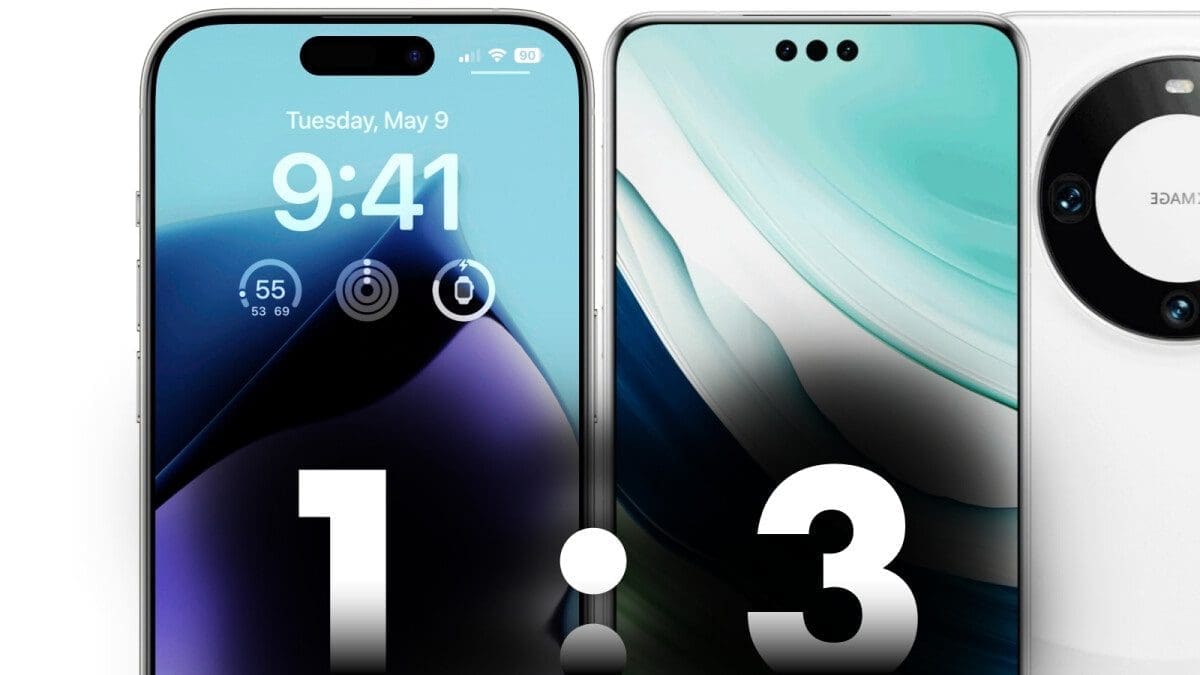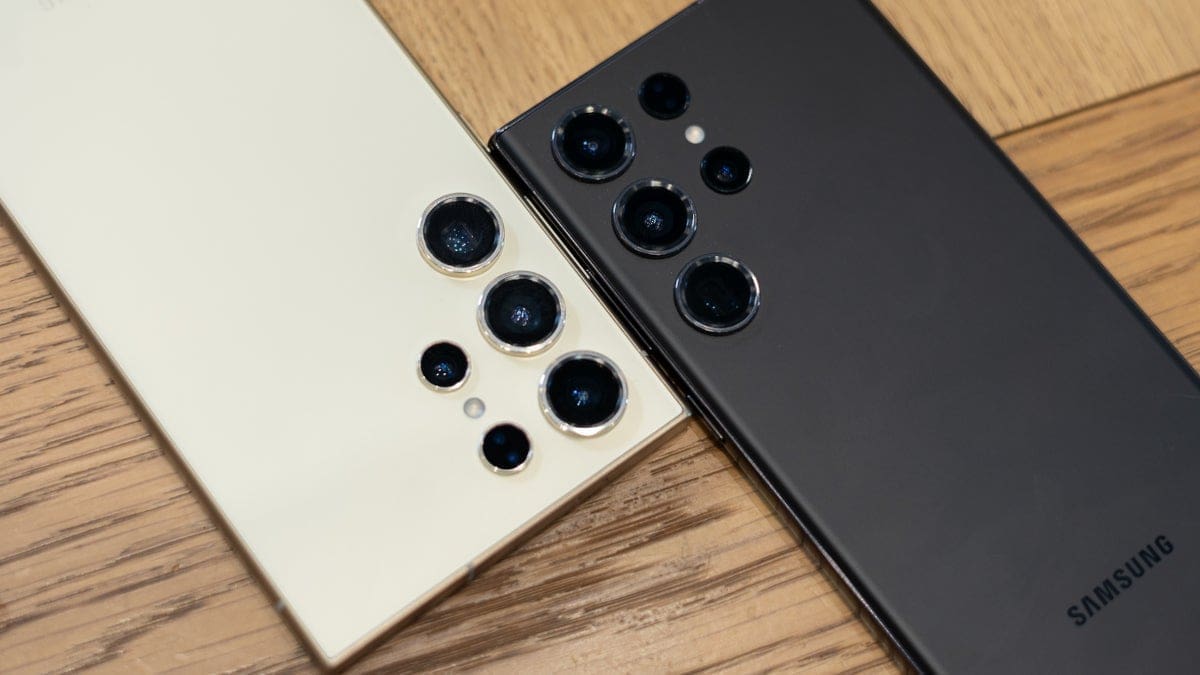Samsung is gearing up for the release of its Galaxy S25 flagship series in 2025, and it seems like they are sticking with the successful “dual-chipset” system they implemented this year. To understand where they are headed, let’s take a quick look at where they’ve been.
In 2023, Samsung faced some challenges as the Exynos 2300 chipset was not available, and the Exynos 2200 SoC did not meet expectations for their flagship phones. As a result, all models in the Galaxy S23 series had to rely on the Snapdragon 8 Gen 2 processor.
Fast forward to this year, Samsung had a better option with the Exynos 2400 AP, which powered the Galaxy S24 and Galaxy S24+ in most markets. However, in the U.S. and China, these two models were equipped with the Snapdragon 8 Gen 3 processor. The top-tier Galaxy S24 Ultra featured the Snapdragon 8 Gen 3 chipset worldwide.
Looking ahead to next year’s Galaxy S25 lineup, Samsung is already testing the Exynos 2500 chipset as part of their dual-chipset strategy. Initial tests have shown promising results against the Snapdragon 8 Gen 3 in terms of CPU and GPU performance. However, it will face tough competition from the upcoming Snapdragon 8 Gen 4.
One key area of focus for Samsung is optimizing the Exynos 2500 to improve heat resistance, especially with its 10 CPU cores similar to its predecessor and potential support for LPDDR5T RAM. By making necessary adjustments, Samsung aims to enhance their in-house chipset’s competitiveness against rivals like the Snapdragon 8 Gen 4.
Stay tuned for more updates on Samsung’s advancements in mobile technology!









